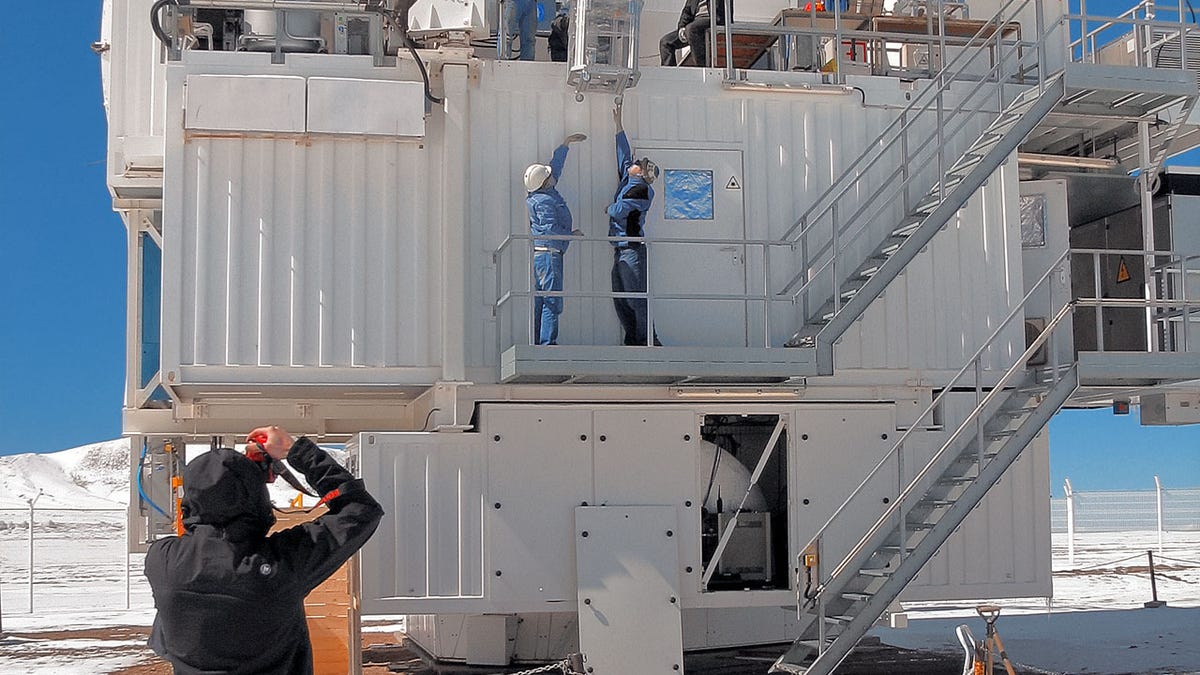Sensitive instrument hunts for water in interstellar space
Where there's water in the universe, there might be life. SEPIA, an instrument mounted on a telescope in the Chilean desert, might help astronomers find both.
Although no one on Earth is quite sure what alien life would look like, there's a consensus that it's most likely to exist on a planet or moon containing water. That's why NASA recently piloted the Cassini spacecraft through the vapor plume from Saturn's icy moon Enceladus, and why the space agency is planning a mission to Jupiter's moon Europa, which is believed to contain a liquid water ocean.
And thanks to the European Southern Observatory, an instrument has been deployed here on Earth to help astronomers hunt for water throughout the universe.
Called SEPIA (Swedish-ESO PI receiver for APEX), the instrument was installed earlier this year on the APEX telescope, which sits at an elevation of 5,100 meters in Chile's Atacama region. APEX is what's known as a submillimeter telescope, referring to the wavelengths it focuses on.
The SEPIA instrument specifically is sensitive to light with wavelengths from 1.4 to 1.9 millimeters -- the range in which signals from water in space are found, according to a November 4 statement from the ESO.
Hunting for water in space isn't just about finding potential life. "Studying water in space -- in molecular clouds, in star-forming regions and even in comets within the solar system -- is expected to provide critical clues to the role of water in the Milky Way and in the history of the Earth," the ESO said.
SEPIA, which has sensors that are cooled down to -269 degrees Celsius (about -452 Fahrenheit), will also be able to detect carbon monoxide and ionized carbon in the early universe.
As SEPIA has proven itself to be working, the ESO is now accepting proposals from astronomers regarding future observations for the detector.
The location of SEPIA in the super-dry conditions of the Atacama Desert is key to the success of the project. "Just as dark skies are essential to see faint objects in visible light, a very dry atmosphere is needed to pick up the signals from water in the cosmos at longer wavelengths," explained the ESO.


